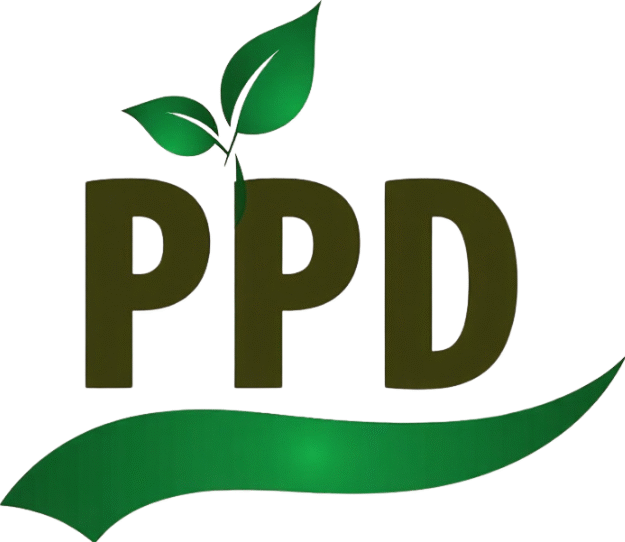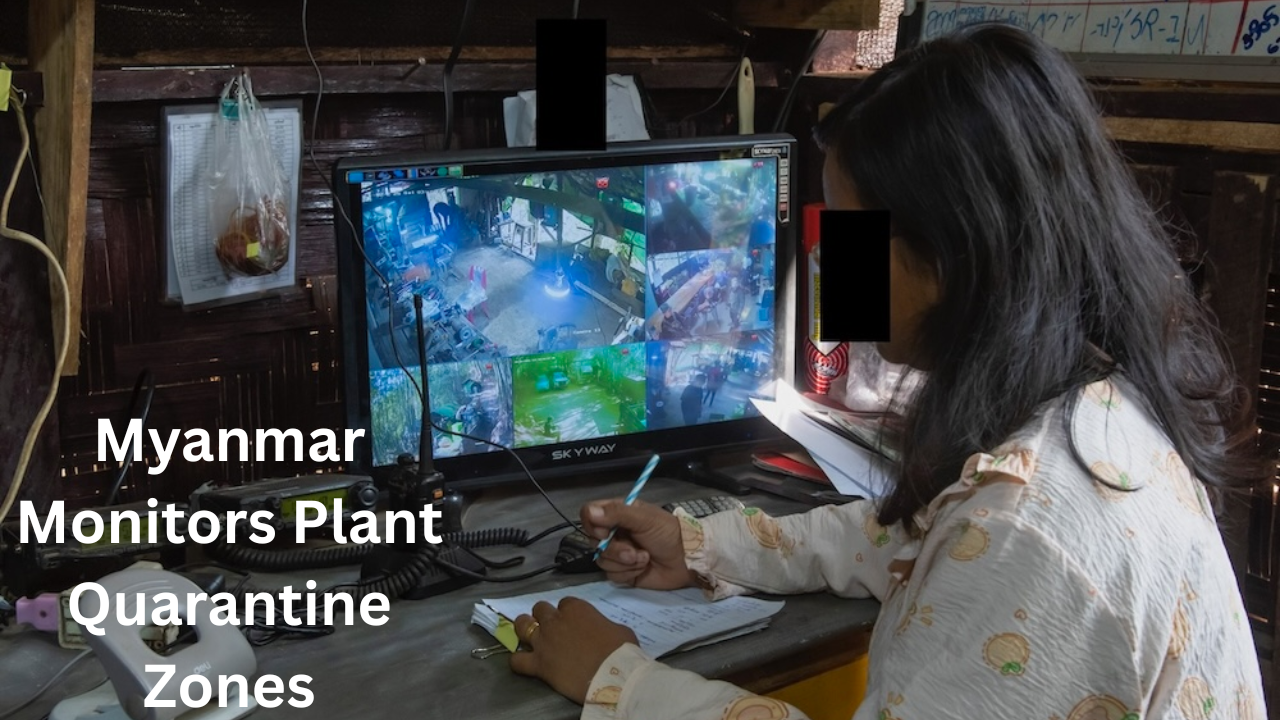
In an era of global trade and shifting climate patterns, the risk of invasive pests and plant diseases has never been higher. For Myanmar — a country rich in agricultural diversity — maintaining plant health is not only about crop productivity but also food security and export potential. At the heart of this protection system lies the plant quarantine zones, monitored and regulated by the Plant Protection Division (PPD) under the Ministry of Agriculture, Livestock and Irrigation (MOALI).
Myanmar’s approach to monitoring quarantine zones reflects its strategic intent to prevent the introduction and spread of harmful plant pests. This article explores the mechanisms, challenges, and regional cooperation involved in safeguarding its agricultural frontlines.
What Are Plant Quarantine Zones?
Plant quarantine zones are specific areas designated to monitor, isolate, or contain pest incursions. These zones can be:
- Prohibited areas (where pests are not allowed entry),
- Infested zones (where outbreaks are contained),
- Buffer zones (which surround infested areas to prevent pest migration).
In Myanmar, these zones are essential for managing both domestic pest control and ensuring compliance with international phytosanitary requirements.
Key Functions of Myanmar’s Quarantine Zone Monitoring
1. Border Inspection and Control
Myanmar shares land borders with five countries — China, India, Thailand, Laos, and Bangladesh — which poses a unique challenge. The PPD operates quarantine stations at all key land border checkpoints, seaports, and airports. Incoming plant materials are subjected to:
- Physical inspection,
- Laboratory testing,
- Documentation checks.
2. Use of Pest Surveillance Data
Monitoring depends heavily on surveillance systems. Myanmar’s PPD conducts regular surveys in and around quarantine zones to detect early signs of invasive species. Surveillance data is used to:
- Define risk levels of specific zones,
- Decide on containment or eradication measures,
- Notify neighboring areas or countries if pest movement is suspected.
3. Issuing Phytosanitary Certificates
Phytosanitary certificates are required for both imports and exports. These documents ensure that plant materials moving across borders are free from quarantine pests. Myanmar uses the IPPC’s ePhyto system to enhance the credibility and traceability of these certificates.
4. Emergency Response Measures
In case of pest detection in a quarantine zone, Myanmar’s authorities:
- Activate emergency containment protocols,
- Notify ASEAN partners,
- Restrict movement of agricultural goods from affected areas,
- Deploy chemical, biological, or cultural control methods as per IPM (Integrated Pest Management) guidelines.
5. Stakeholder Coordination and Farmer Training
Local quarantine officers often collaborate with:
- Township agricultural departments,
- Village agricultural extension workers,
- Border trade officials,
- Farmers and traders.
Training sessions help farmers recognize symptoms of major pests and understand the importance of adhering to quarantine protocols.
Technological and Logistical Support
Myanmar is working with regional partners and donors to modernize quarantine monitoring. Key developments include:
- Digital Data Collection: Mobile apps are being tested to report pest sightings in real time.
- GIS Mapping: Pest outbreak zones are geotagged for rapid location tracking.
- Diagnostic Labs: Upgraded facilities in Yangon and Mandalay allow timely pest identification using molecular tools.
Overview Table: Myanmar’s Plant Quarantine Monitoring Framework
| Function | Description | Agencies Involved | Status |
|---|---|---|---|
| Border Quarantine Stations | Screening imports at land, sea, and air borders | PPD, Customs Department | Operational |
| Pest Surveillance & Reporting | Monitoring zones for pest presence | PPD, Township Agri Offices | Expanding coverage |
| ePhyto Certification | Issuing and receiving digital phytosanitary certs | PPD, IPPC | Implemented |
| Emergency Response Protocols | Containment and communication plans for outbreaks | PPD, MOALI, local authorities | Activated as needed |
| Capacity Building for Farmers | Awareness programs on quarantine compliance | PPD, NGOs, private sector | Regular activities |
| Cross-Border Coordination | Shared pest alerts and training with neighbors | ASEAN NPPOs, GMS initiatives | Ongoing |
Notable Quarantine Case: Maize Weevil Detection (2023)
In late 2023, Myanmar detected an outbreak of maize weevil (Sitophilus zeamais) in a trade zone near the Thailand border.
Actions Taken:
- Movement of maize was restricted in the zone.
- Emergency fumigation and storage hygiene training were conducted.
- Neighboring quarantine zones were alerted through ASEAN NPPO channels.
Outcome:
The spread was contained within two weeks, and exports resumed after phytosanitary clearance.
Challenges in Quarantine Zone Monitoring
1. Limited Human Resources
There is a shortage of trained quarantine inspectors, especially in remote land borders.
2. Informal Cross-Border Trade
Unregulated movement of plant products across informal routes bypasses inspections.
3. Diagnostic Delays
In rural zones, lack of lab facilities slows down pest confirmation and response time.
4. Budget Constraints
Many surveillance and response programs depend on international donor support.
5. Climate Change Effects
Changing weather patterns expand pest habitats, making static quarantine zones less effective.
Strategic Recommendations for Strengthening Quarantine Zones
- Enhance Training of Inspectors: Regular capacity building for frontline quarantine officers is essential.
- Leverage AI and Remote Sensing: Early warning systems can detect anomalies in crop health.
- Improve Public Awareness: Farmer buy-in is key to early reporting and compliance with zone restrictions.
- Strengthen Regional Cooperation: Joint ASEAN surveillance and emergency response teams can improve regional readiness.
- Secure Long-Term Funding: National and international investments must focus on infrastructure and research.
Three One-Line FAQs
Q1: How does Myanmar manage pest threats at borders?
Through quarantine inspection stations that check all plant imports and exports for pests.
Q2: What happens if a pest is found in a quarantine zone?
Emergency protocols like isolation, chemical treatment, and trade restrictions are enforced.
Q3: How are Myanmar’s quarantine zones supported technologically?
By using ePhyto systems, GIS mapping, and upgraded diagnostic laboratories.

